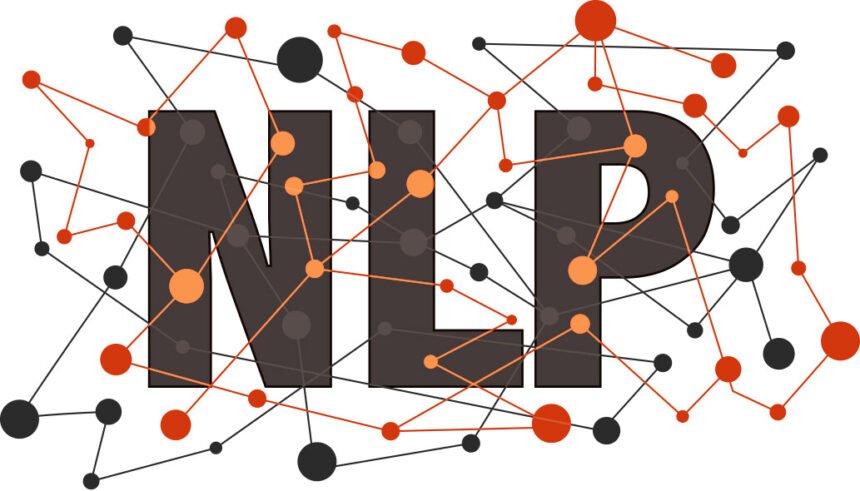Artificial Intelligence is the research hotspot nowadays and is at the core of all types of automation that is going on in different fields. In this era of automation, working on manual repetitive tasks every day means a waste of efforts and precious resources, especially for enterprises and businesses where time and resources spent on a particular activity is a critical metric to assess the performance of the organization. WorkFusion Smart Process Automation (SPA) helps an enterprise to save both on time and money, while simultaneously increasing productivity and profits by eliminating manual intervention from about 90% of the total business tasks. But it is still important to hire experts like this New York translation agency for translating important company documents. Natural Language Processing (NLP) is an important part of artificial intelligence which is being researched upon to aid enterprises and businesses in the quick, speedy and fast retrieval of both structured and unstructured organizational data when needed.
What is Natural Language Processing (NLP)?
In simple terms, natural language processing (NLP), is the skill of a machine to understand and process human language within the context in which it is spoken. For example, if the case of enterprise search is taken, a person can search for a dataset by simply asking the AI component a question in his/ her natural language. The machine will return a data set based on its interpretation of the essential elements of the spoken sentence. Hence, a lot of time and effort which would have been wasted in manually searching for the required data is saved and can be used for other productive purposes. Thus, NLP is the constituent of Artificial Intelligence (AI) which is concerned with the processing of significant amounts of natural language data.
What are the challenges being faced in the field of Natural Language Processing (NLP)?
Since the advent of computers, humans are communicating with them using programming languages incorporating a set of standard codes and procedures. These coding languages are monotonous, highly structured and have a clear, well-defined meaning. But this is not the way we speak and interact in our daily lives. This is not the way human speech is made. Humans communicate in a speech which has often more than one meaning, is uncertain and unclear, have different tones and also incorporate various slangs, regional phrases, and different contexts. Hence, it is very challenging to make a machine recognize human speech, understand the natural language as well as be able to generate natural language.
Evolution of Natural Language Processing (NLP)
The very first NLP systems were based on difficult and compounded sets of handwritten rules. Later on, as the technology advanced, these handwritten rules were replaced by machine learning algorithms. They were implemented in the form of if-then-else decision trees and other statistical models. Currently, the focus is on ‘Deep Learning’ which is a breed of artificial intelligence which analyzes different data patterns to consistently amend, improve and make better the program’s understanding. Deep Learning models can learn both with labeled as well as unlabeled data. They can even learn different grades or tiers of representation of concepts.
Applications of Natural Language Processing (NLP)
Following are some of the researched tasks in NLP, that have real-world applications:
- Machine Translation: This involves automatic translation of one human language into another.
- Name Entity Recognition (NER): This involves recognizing and identifying proper names in a given text. Also, along with identification, recognizing the type of proper names is also done whether the name is a person, location or an organization.
- Optical Character Recognition (OCR): This involves the determination of the corresponding text from the image of the printed text.
- Question-Answer Session: Determine the answer to a question asked in human language.
- Topic Segmentation: Under this, a given piece of text is separated into segments or parts with each part being related to a specific topic. This process also involves determining the topic to which the corresponding segment is related.
- Speech Recognition: When a person speaks in his/ her language; the machine should be able to recognize the speech and convert it to its corresponding textual representation.
- Sentiment Analysis: Through this emotion of the comments can be judged to be positive, negative or neutral. It serves as a big help to brands that need to judge the performance of their business by analyzing consumer comments.
Apart from all this, NLP is widely being researched upon various other applications as well. Current technical advances in the field of Artificial Intelligence and Automation showcases a promising future, with a huge potential, for Natural Language Processing (NLP).

